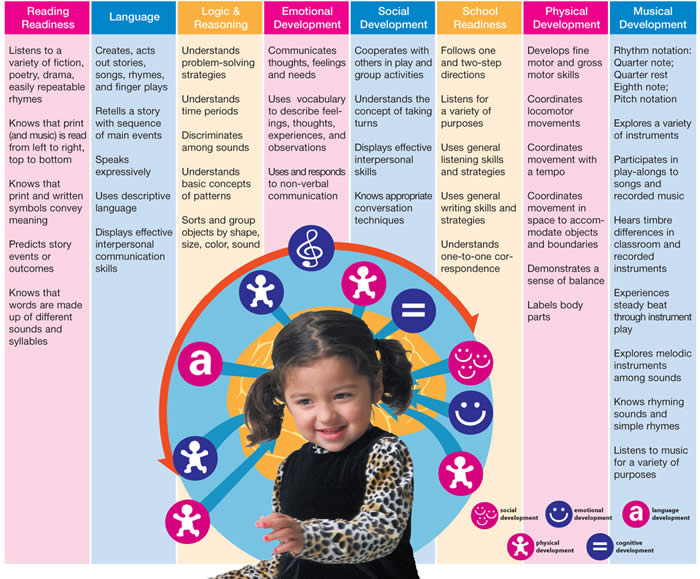
loose parts by schema Schemas Early Years, Learning Stories, Discover Magazine, Learning Through
Schemas - patterns of repeated behaviour - are key to how young children learn and early years practitioners must respond to them, says Stella Louis.

Toddler Play Schemas in 2021 Early childhood learning, Child development theories, Montessori
A schema (also known as a play schema) is like a set of instructions. As adults we use them all the time, and we don't really notice we're doing it.

an orange poster with black and white writing on it's sides, including the words how
Why is schematic play in early years important? What is schematic play? Schematic play is when children repeat the same actions, concepts or ideas in their play. These repeated actions can be identified as schemas, and they give us interesting insights into children's passions and interests.

Pin on Schemas
Watch on What types of schema are there? There are many different type schema and here are some of the most common: Trajectory - creating lines in space by climbing up and jumping down. Dropping items from up high. Positioning - lining items up and putting them in groups. Enveloping - covering themselves or objects completely.

Early Childhood Standards Early Childhood Education
Schemas in early years - Supporting schemas of play outside Written By: Learning Through Landscapes Subject: Outdoor learning View page as PDF: Download Now Understanding schematic behaviour can help you meet children's interests and extend their learning outdoors, says Learning through Landscapes…

Siân BabyToddlerPreschool on Instagram “When it comes to play, schemas might just help you
Description. Evolved through conversations with key early childhood education experts, Schemas in the Early Years focuses on the value of 'repeated patterns' of action or 'schemas' in young children's play. It stimulates readers to ask questions of themselves, to watch children closely, and to create a dialogue with parents and other.

26 best images about ECE Schemas on Pinterest Learning through play, Heart shaped rocks and EYFS
Schematic play happens when babies, toddlers and young children are involved in repeated actions or certain behaviours as they explore the world around them and try to find out how things work. We call these specific actions or behaviours 'Schemas'. They can vary from child to child and some children may never display schematic play or behaviours.

Pin on Toddlers
Schemas are those repeated patterns seen in children's behaviour, and they link directly to the development and strengthening of cognitive structures in the brain.

Pin by Mandy Lynch on Documentation Early childhood education curriculum, Childhood education
Schemas are the urges that children have to do things - often repetitively. They emerge through play, and the repetitive nature of the behaviours help the brain to form connections and master skills. Schema theory can be identified as the journey from perception to integrating experience and thinking. (Martin, 2008)

Understanding Schemas in Young Children (eBook) Kids behavior, Characteristics of effective
Athey defines a schema as "a pattern of repeatable behaviour into which experiences are assimilated and that are gradually co-ordinated. Co-ordinations lead to higher-level and more powerful schemas." Athey (2007: 50) How do schemas work? A child will have an area in which they are mainly interested at any one time.

connection schema Google Search Schemas early years, Kids playing, Early years
Schematic play happens when babies, toddlers and young children are involved in repeated actions or certain behaviours as they explore the world around them and try to find out how things work. We call these specific actions or behaviours 'Schemas'. They can vary from child to child and some children may never display schematic play or behaviours.

Diane Kashin on Twitter Heuristic play, Schemas early years, Childhood development
Find out how play schemas will help you create an engaging and effective learning environment and confidently plan learning experiences that perfectly match the cognitive development of each child in your class.

Schematic Play in the Early Years Catalyst Psychology
Cath Arnold. , Aug 10, 2022 - Education - 220 pages. Evolved through conversations with key early childhood education experts, Schemas in the Early Years focuses on the value of 'repeated patterns' of action or 'schemas' in young children's play. It stimulates readers to ask questions of themselves, to watch children closely, and to.

Handout Ten Common Early Childhood Schemas Playvolution HQ
Colour in Bandit. Print and colour in a picture of Bluey's dad. All activities. The official home of CBeebies. Watch video clips online, play games and make fun things with all your favourite.

A blog about supporting children's play in schools Blog childrens play s… Emergent
Piaget defined a schema as 'repeatable action sequence, possessing component actions that are tightly interconnected and governed by core meaning'. Put simply, Piaget's research showed that young children think in very different ways to adults and a schema is a way for children to organise their knowledge. Schema's in Early Years are repeated patterns of behaviour in play where children.

Schemas Schemas early years, Early childhood, Kids playing
What are schemas in early years? Babies, toddlers and young children pass through a specific and very important stage of development and learning called schemas. Schemas are part of Jean Piaget's theory of cognitive structures. Schemas are biological and cut across cultures. We are born with them, they are with us from birth right through to death.